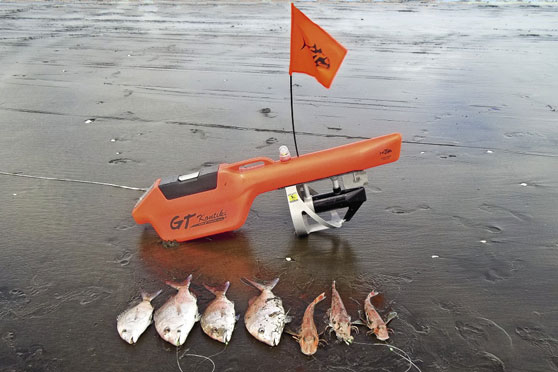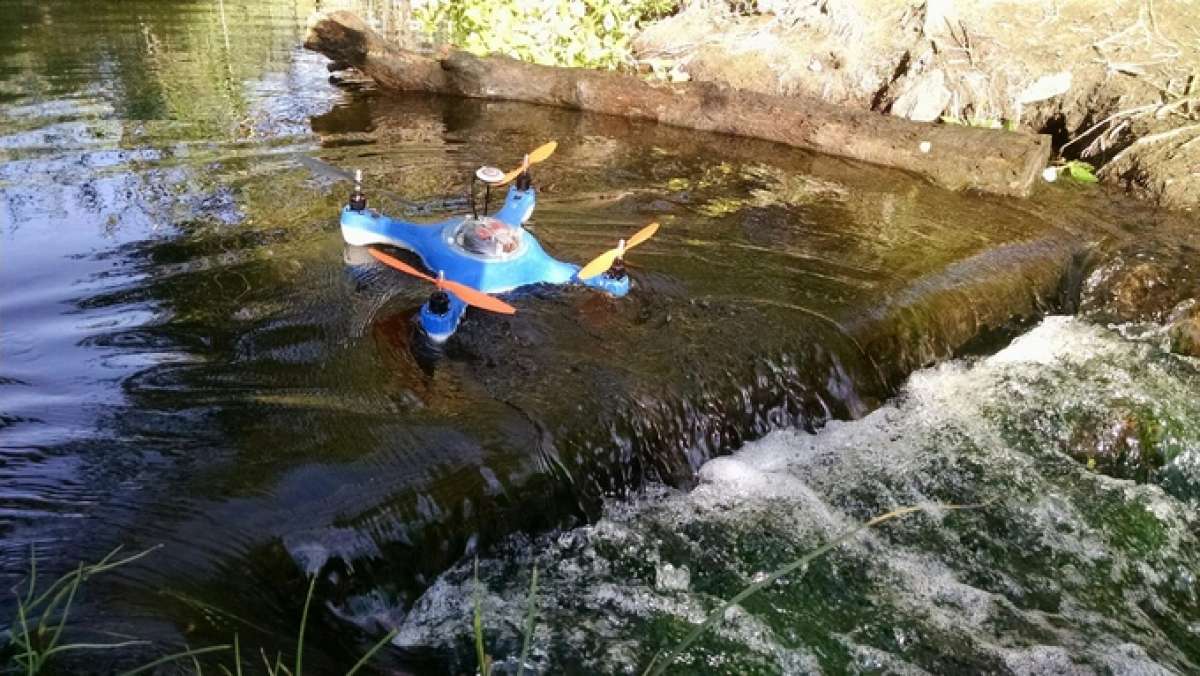DETROIT, MI—The future, or a slice of it, can be found in one of the many labs inside Ford’s buy. Research and Innovation Center. The center is a three-story brick affair on Ford’s vast campus, but it wouldn’t look out of place at a well-funded research university. Well-appointed labs branch out from gray-painted corridors lined with plastic bumpers, the kind you see in hospitals to prevent dents in the walls from people carting around heavy equipment. Young engineers from across the globe congregate to eat lunch in the airy atrium before heading back to carry on their research on metallurgy, new catalysts, or a myriad of other site fields in which the Blue Oval has an interest.
Read on, source: Face to face with Ford’s self-driving Fusion Hybrid research vehicles | Ars Technica



